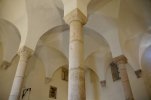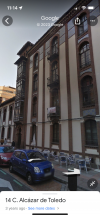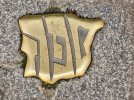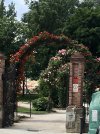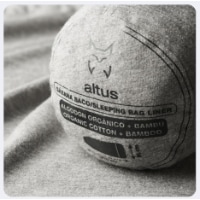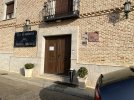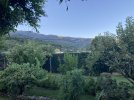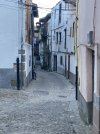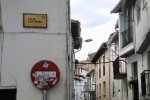Ribadavia is on the Caminho da Geira e dos Arrieiros. If you walk that route, you can start in Salamanca on the Torres (which hooks up with the Geira in Braga) and then you will have a chance to visit Trancoso, which had a very important Jewish quarter and one very famous narive Jewish son. The main street of the quarter still shows original carvings on the doorways where people carved crosses to convince the inquisitors that they had converted. Its native son, Isaac Cardoso, became physician of the royal court of Madrid, and there is now a
center/museum in his name.
I know the OP was asking about the Camino Francés, so I hope you forgive the tangent, but there is a lot of rediscovery of an important segment of the past and the people of Trancoso are very proud to showcase it.











